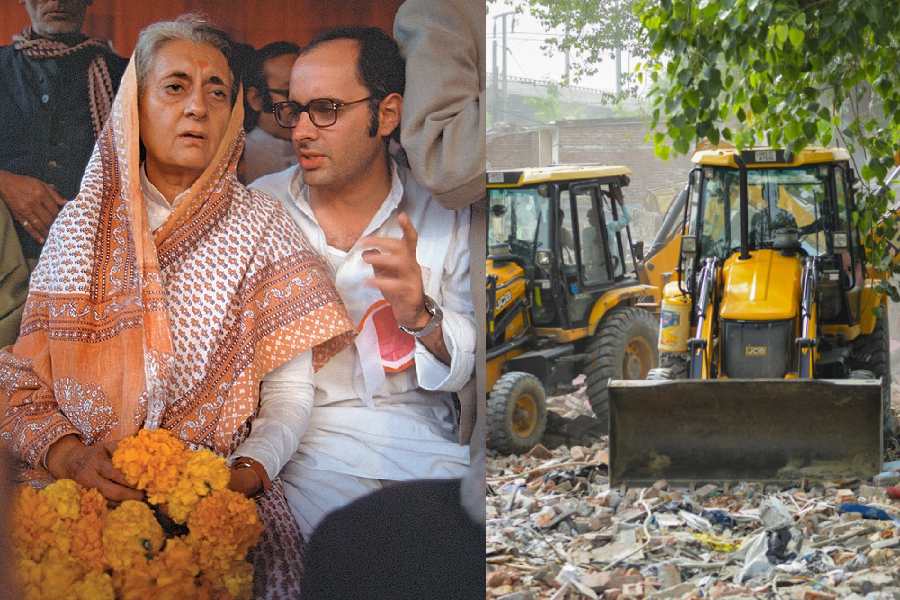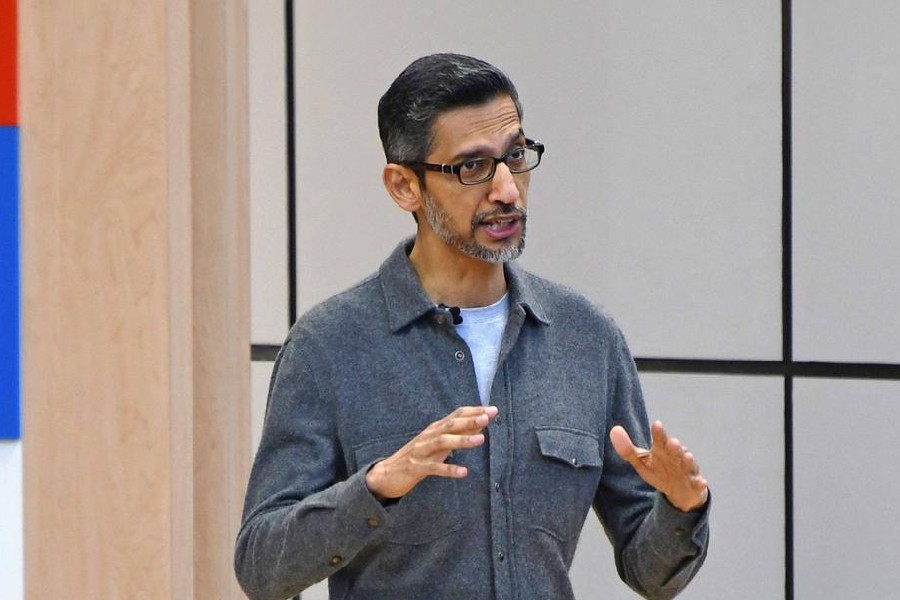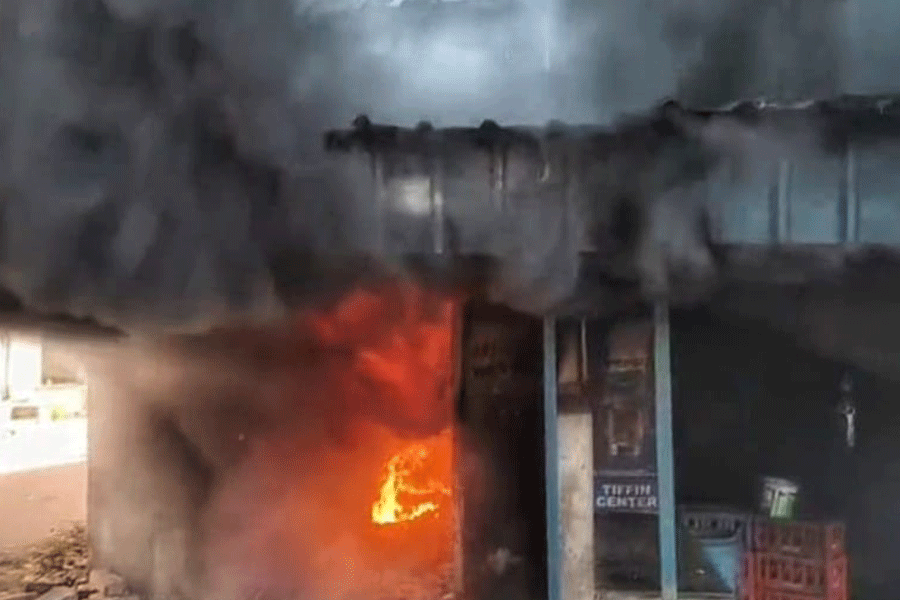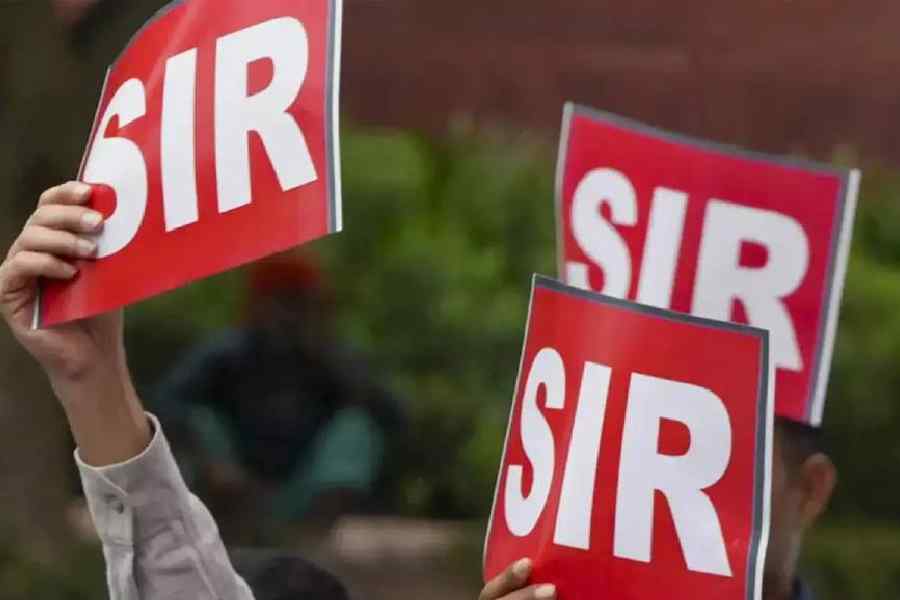The recent demolition of two working-class colonies — Madrasi Camp, a six-decade-old settlement, and Bhoomiheen Camp, a three-decade-old one — in South Delhi’s Jangpura and Govindpuri, has stirred memories of another sweltering summer day in the capital, nearly 50 years ago, when bulldozers rammed into Old Delhi’s Turkman Gate.
April 1976. India was under Emergency — a time marked by the suspension of civil liberties and repression. Sanjay Gandhi, the son of then Prime Minister Indira Gandhi and the de facto head of the Congress party and running the roost, launched a “beautification” drive. Cloaked in the garb of progress, it targeted a working-class, Muslim-majority neighbourhood.
Residents — many of whom had roots in the city dating back to the Mughal era — resisted the demolitions. The police responded with lathicharge, then tear gas, and bullets. Eyewitnesses recalled deaths. Entire families were uprooted. The state never apologised. This month marks the 50 year of Emergency. The Emergency lasted until March 21, 1977.
Fast forward to June 1, 2025. Bulldozers rolled into Madrasi Camp. Residents awoke to the sound of police boots. Many said they hadn’t received proper eviction notices; some reported being served warnings just a day earlier. By noon, hundreds were homeless. Women clutched their belongings. Children stood beside the ruins of their homes.
The next day, June 2, demolition teams reached Bhoomiheen Camp near Govindpuri. Minutes before the Delhi high court’s vacation bench was to hear pleas to stay the eviction, civic authorities had already razed the homes of the two petitioners. Within hours, the settlement — home to daily-wage workers, migrants, domestic help, and sanitation staff — was flattened.
The Delhi Development Authority’s (DDA) justification? That the settlements sat on “encroached” floodplain land.
Residents say notices were inadequate and rehabilitation nonexistent — in violation of repeated court orders to ensure proper resettlement.
In 1976, it was the Muslims of the walled city deemed “in the way” of Delhi’s progress. In 2025, it will be the urban poor — the migrants of Madrasi Camp and Bhoomiheen.
Then, Sanjay Gandhi used force and bureaucracy. Today, officials invoke orders from the competent authroity.
In the past few years demolition drives across India have disproportionately targeted Muslim-majority neighbourhoods, Dalit slums, and protesters.
In 2024, the Yogi Adityanath government cleared 1,800 structures in Akbarnagar, Lucknow — a 50-year-old Muslim-majority area — displacing an estimated 10,000 people.
In June 2022, the UP government demolished the home of Afreen Fatima, an activist and vocal CAA critic, in Prayagraj. Authorities claimed the structure was illegal. But the timing — days after her father’s arrest for allegedly inciting protests — raised questions of political vendetta.
Back then, the state had to suspend democracy to carry out mass evictions. Today, demolitions happen in broad daylight.
The bulldozer, once a symbol of construction, has become a weapon of destruction.










